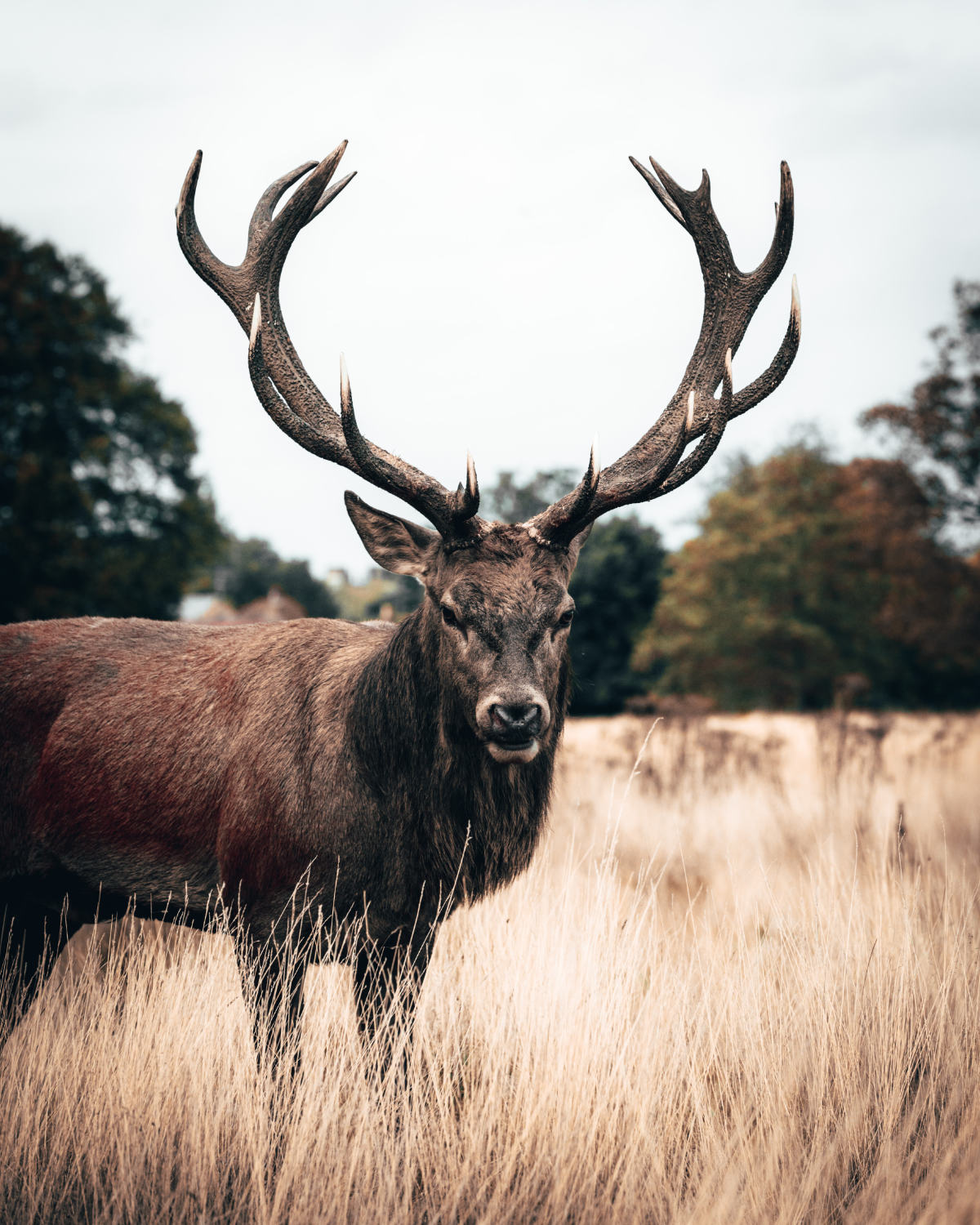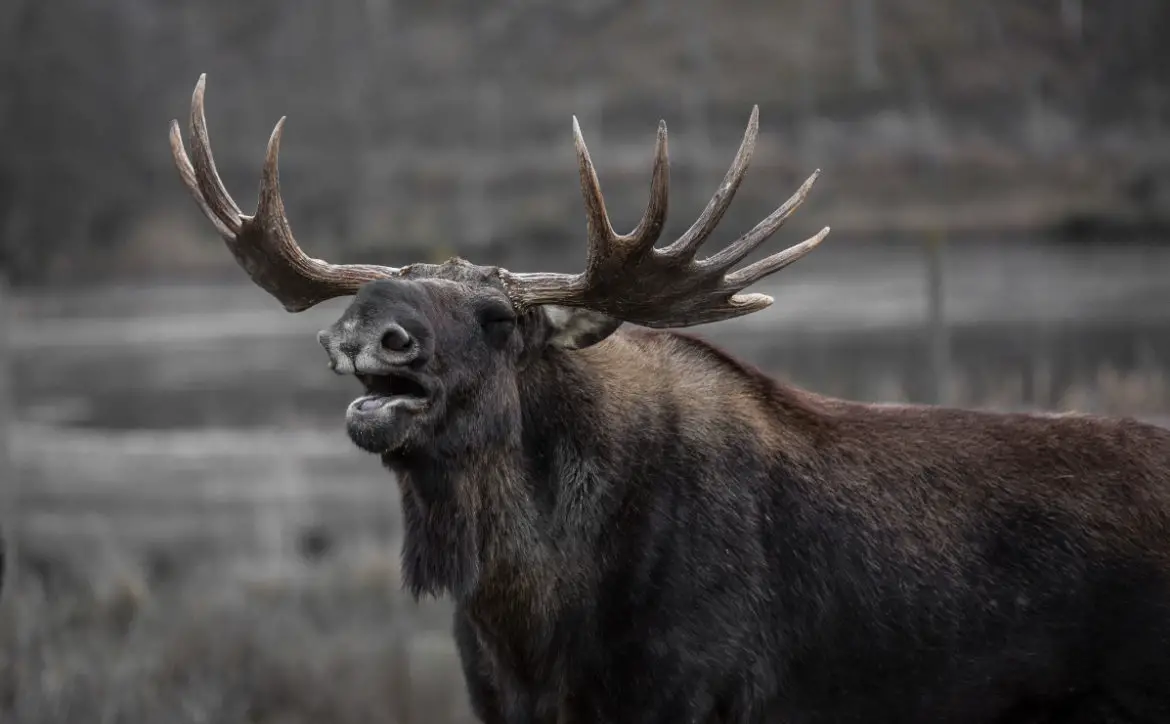Some animal species face threats from human activities, such as deforestation, illegal trade, and climate change. We can use technology to better understand the importance of various wildlife species to our ecosystem and hopefully eliminate or lessen the threats they face in their habitats.
Estimated reading time: 5 minutes
Tech researchers and conservationists have come together to find new ways of saving struggling species. Some of the technologies used are capable of saving animals’ lives.
The World Wildlife Foundation (WWF) reported that there’d been a 68% average decline in populations of birds, amphibians, mammals, fish, and reptiles since 1970. New technologies will be needed to improve existing wildlife conservation efforts around the world.
Let’s explore six new technologies that can be used to connect humans to wildlife.
1. CreekWatch Mobile App
Water is a necessary resource for animal survival, and you can download the CreekWatch mobile app to record health data regarding your local watershed. This app was created by IBM research in conjunction with the California State Water Resources Control Board’s Clean Water team and has helped water conservation efforts thus far.
Any data recorded within the app can be shared with water control boards, which can then use it to form environmental plans, manage water resources and track pollution. This information can determine how healthy a waterway is for animals living in the surrounding environment.
The app uses four kinds of data, including:
- The amount of water
- The rate of flow
- The amount of trash
- Pictures of waterways
2. Cellular Trail Cameras
It can be challenging to check on traditional cameras in nature, and new cellular trail cameras cause less disruption to wildlife. Stepping on branches or brush will no longer disturb animals, and observers still get to see them in their natural habitat.
One of the main benefits of using cellular trail cameras is that you can view wild animals from a safe distance but still get the same experience as if you were up close and personal with them.
Because animals, especially deer, have a strong sense of smell, hunters must give them ample space and not intrude on their territory.
Checking on traditional cameras may produce loud noises, and animals may get startled and ruin your time observing them. This is especially useful for those involved in wildlife management and conservation, as they can monitor animal activity without interruption.
3. Smart Thermal Camera Technology
By using a combination of ML and cameras, conservationists can distinguish between animals and humans in real-time. For example, suppose a human walks by smart thermal cameras. In that case, machine learning software can recognize them, and conservationists can observe the scene to see if the people walking by are poachers.
It’s a valuable tool in trying to eliminate poachers from hunting, tracking, and killing wildlife species. You may be surprised to learn that each day in Africa, 100 elephants are killed by poachers seeking ivory, meat, and other elephant body parts.
Using smart thermal cameras to detect poachers may prevent these kinds of attacks on wildlife and allow populations to thrive.

4. Tracking Collars
Radio, GPS, and satellite tracking collars are commonplace in wildlife conservation efforts. Whether it’s tracking cheetahs, African wild dogs, rhinos, or leopards, collars help protect wildlife in their natural habitats.
Animals with collars can be tracked daily, so wildlife management specialists can tend to them if they’re injured or sick and keep populations from dying out.
In addition, necessary research can also be conducted, whether it’s observing animal movement patterns or population demographics. Collars can also be used to monitor interactions between species.
5. AI Acoustic Sensors
New AI-based acoustic technology placed in nature reserves or safaris can monitor animal activity up to 0.6 miles away. This can be especially useful when tracking hunted creatures — analyzing gunshots’ recordings can help determine how to plan for and prevent future poaching hunts.
The ultimate goal for conservationists is to expand these sensors into conservation areas or places where animals are threatened.
It could lead to less poaching and allow more animal species to be protected. It’s also important to note that it may be possible in the future to detect humans, which can assist conservation efforts.
6. Remote Health Monitors
A remote sensing engineer at the University of South Australia introduced new technology to zookeepers after realizing the challenges they faced when taking an animal’s vital signs.
It’s common for animals to bite or attack zookeepers trying to conduct basic health checks on them — remote health sensors can make it safer for all.
Traditional methods for capturing and containing animals can cause stress or even injury, so these remote monitoring devices can offer a viable solution. The engineer and his team developed a prototype that consists of a high-resolution digital camera, a telephoto lens, and a signal-processing program.
Using Technology to Protect Wildlife
We can get closer to wildlife than ever before thanks to the latest technology. With artificial intelligence (AI) and machine learning (ML) rapidly developing, it’s no wonder that more applications will emerge, and using tech to understand animals is only one of them. It will be interesting to see what other tech can be leveraged to bring us closer to wildlife and improve conservation.
What do you think? Please share your thoughts on any of the social media pages listed below. You can also comment on our MeWe page by joining the MeWe social network.










